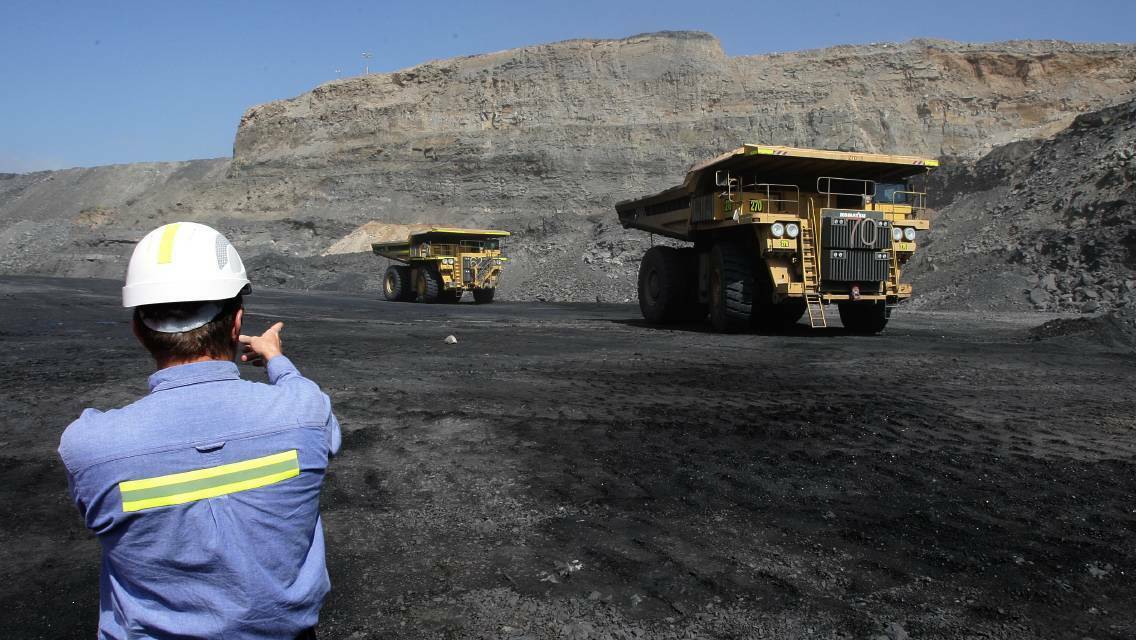
Narrabri Coal has been fined $120,000 for allegedly transporting hazardous waste that later sparked a series of fires at the local tip.
Subscribe now for unlimited access.
$0/
(min cost $0)
or signup to continue reading
The NSW Environmental Protection Agency (EPA) confirmed the Whitehaven Coal subsidiary will fork out the money as part of an enforceable undertaking after the breaches last year.
The fine relates to a number of fires at the Narrabri Shire Council landfill in early to mid April last year, which the EPA said was caused by safety gear improperly dumped by the mining giant.
"The EPA investigation found that after a training exercise at the mine, over 100 self-rescuer units were put into an industrial bin which was then taken to the landfill," EPA Director Adam Gilligan said.
READ MORE:
Each self-rescuer unit contained between 90 and 120 kilograms of potassium hydroxide. Mr Gilligan said they are classified as hazardous waste and are not meant to be disposed of at a landfill.
"When split open by compaction of the landfill cell, chemicals from the units can ignite. This is not only a safety issue but a breach of hazardous waste rules," he said.
The Leader revealed Narrabri Coal had been reprimanded in June, last year, for the dumping of the canisters.
The EPA found that the incident breached Narrabri Coal's licence and the company's waste transport obligations.
In addition to the $120,000 fine, the company will pay the EPA's legal and investigation costs, retrain workers and will front up to a community committee meeting of the NSW Minerals Council, as part of an agreement between the company and the regulator.
The money will paid into the Environmental Trust and will held fund a new waste cell at the Narrabri landfill.
The company also hired a contractor to manually search through 700 cubic metres of general waste to try to recover the self-rescue units.
In five weeks, they recovered 12 of the units, but the clean-up operation continues, the EPA said.
A spokesperson for Whitehaven Coal said it was a regrettable incident and the company has taken steps to ensure its waste management practices identify and properly address any potential hazards in future.
The self-rescuer units are designed to keep workers alive during an underground mine disaster by providing oxygen to workers.


